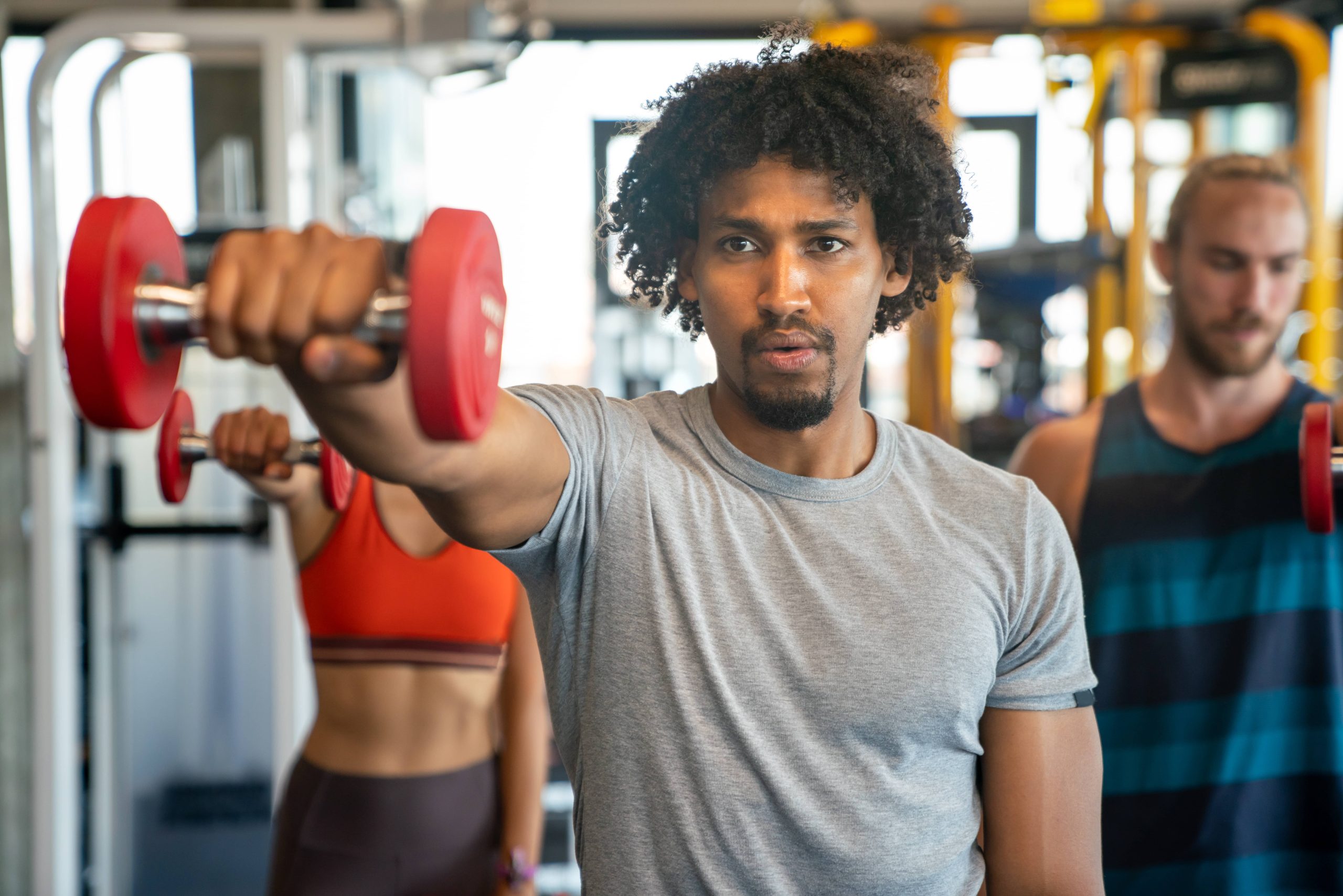
Deadlifts are a cornerstone of strength training and weightlifting, revered for their ability to build muscle, enhance strength, and improve overall fitness. However, like any powerful exercise, they require proper technique and safety measures to maximize benefits and minimize the risk of injury. In this blog post, we’ll explore the essentials of performing deadlifts safely and effectively, ensuring you can incorporate this exercise into your routine with confidence.
Understanding the Deadlift
The deadlift is a compound exercise that targets multiple muscle groups, including the glutes, hamstrings, quadriceps, lower back, and core. It involves lifting a loaded barbell from the ground to hip level, standing tall with a neutral spine. The deadlift is not only a test of strength but also a functional movement that mimics everyday activities like lifting heavy objects.
Benefits of Deadlifting
1. Muscle Development: Deadlifts engage a wide range of muscles, promoting hypertrophy and strength gains.
2. Core Stability: The exercise requires core engagement to maintain a neutral spine, enhancing core strength and stability.
3. Functional Strength: Deadlifts improve your ability to perform daily tasks that involve lifting and carrying.
4. Posture Improvement: Strengthening the posterior chain can lead to better posture and reduced back pain.
5. Caloric Burn: As a compound movement, deadlifts burn a significant number of calories, aiding in weight management.
Preparing for the Deadlift
Before you start deadlifting, it’s crucial to prepare your body and mind:
1. Warm-Up: Engage in a dynamic warm-up to increase blood flow and flexibility. Focus on exercises that target the hips, hamstrings, and lower back.
2. Mobility Work: Incorporate mobility exercises to ensure your joints have the necessary range of motion for a safe lift.
3. Mental Focus: Approach the deadlift with concentration and determination. Visualize the movement and set clear goals for your session.
Proper Deadlift Technique
1. Stance and Grip: Stand with your feet hip-width apart, toes pointing slightly outward. Grip the barbell with your hands just outside your knees, using either a double overhand grip or a mixed grip for heavier lifts.
2. Setup: Position the barbell over the middle of your feet. Bend at the hips and knees, keeping your back straight and chest up. Your shoulders should be slightly in front of the bar.
3. Lift: Engage your core and drive through your heels to lift the barbell. Keep the bar close to your body as you extend your hips and knees simultaneously. Maintain a neutral spine throughout the lift.
4. Lockout: Stand tall at the top of the lift, with your shoulders back and chest proud. Avoid hyperextending your lower back.
5. Descent: Lower the barbell by hinging at the hips first, then bending your knees. Control the descent to prevent injury and maintain form.
Common Mistakes and How to Avoid Them
1. Rounded Back: A rounded back increases the risk of injury. Focus on maintaining a neutral spine by engaging your core and keeping your chest up.
2. Bar Path: The bar should travel in a straight line. Keep it close to your body to reduce strain on your lower back.
3. Overextension: Avoid leaning back at the top of the lift. Stand tall with your shoulders aligned over your hips.
4. Improper Footwear: Wear flat, stable shoes to ensure a solid base and proper weight distribution.
5. Neglecting Warm-Up: Skipping the warm-up can lead to stiffness and increased injury risk. Always prepare your body before lifting.
Variations of the Deadlift
1. Sumo Deadlift: A wider stance with toes pointing outward, reducing the range of motion and placing more emphasis on the hips and quads.
2. Romanian Deadlift: Focuses on the hamstrings and glutes, with a slight bend in the knees and a greater hip hinge.
3. Trap Bar Deadlift: Uses a hexagonal bar, allowing for a more upright torso and reduced stress on the lower back.
Safety Tips
1. Progress Gradually: Start with lighter weights to master the technique before increasing the load.
2. Use a Spotter: If you’re lifting heavy, have a spotter or use safety equipment to prevent accidents.
3. Listen to Your Body: Pay attention to any signs of discomfort or pain. Rest and recover if needed.
4. Consult a Professional: If you’re new to deadlifting, consider working with a coach or trainer to ensure proper form and technique.
Conclusion
Deadlifts are a powerful tool in any strength training regimen, offering numerous benefits for muscle development, functional strength, and overall fitness. By focusing on proper technique, avoiding common mistakes, and prioritizing safety, you can perform deadlifts effectively and enjoy their full range of benefits. Remember, consistency and patience are key to mastering this exercise and achieving your fitness goals. Happy lifting!
